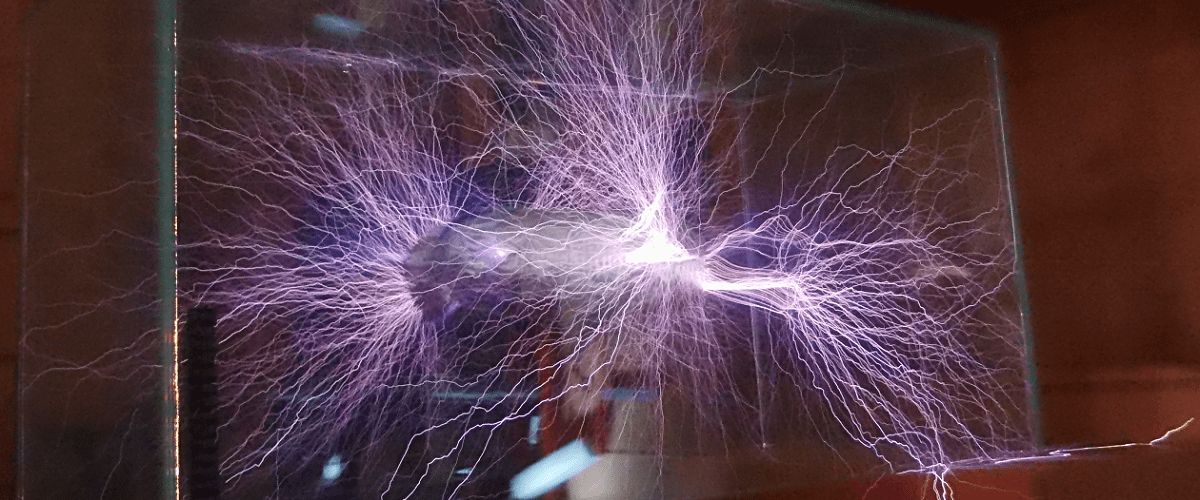Whether it’s solar flares or political conflict, many people believe that an EMP blast will be what kicks off a SHTF event. But your electronics don’t HAVE to suffer. You can protect them in a Faraday Cage.
Named after Michael Faraday, a Faraday Cage is a container used to protect items inside from electrical signals. What most folks don’t realize, however, is that they’re actually really easy to make. You don’t need lead lining or special metals to build your own Faraday Cage. If you’re careful, aluminum foil and cardboard will do the trick.
These cages work by having the signals and charges enter a metallic conduit around the form of the cage, directing it away from whatever objects are stored inside. The key to making them work is to ensure that a solid seal is maintained in the conductive portions so that the signals can’t “sneak” in. Often times, you’ll see a cage be a literal cage. While these would protect the insides from electrical shocks, those wouldn’t stop over-air signals.
The simplest way to place your objects in a cardboard box and to wrap that box in multiple layers of aluminum foil. The cardboard will keep any charges and signals caught by the foil from entering the box and touching the goods inside.
More ambitious individuals will modify large totes, chests, or even trash cans. The process is the same, though. Line the inside with cardboard in every inch possible. and then coat the outside in foil. The important part is that it is closed completely with no “leaks.”
If you’re wanting a more powerful signal shield at a greater cost, you can purchase lead sheets to wrap/line the containers with. These cost about six dollars per square foot of sheet, depending on where you buy it.
Once you’ve made the container, the only thing left is to test it. Most folks use cell phones as tests, calling them when they are in the container to see if the signal goes through. This isn’t a great test, as cell signals only hit a specific range. Most radio professionals recommend using an AM radio to test. If the signal doesn’t go through, you know you’ve made a good Faraday Cage.

